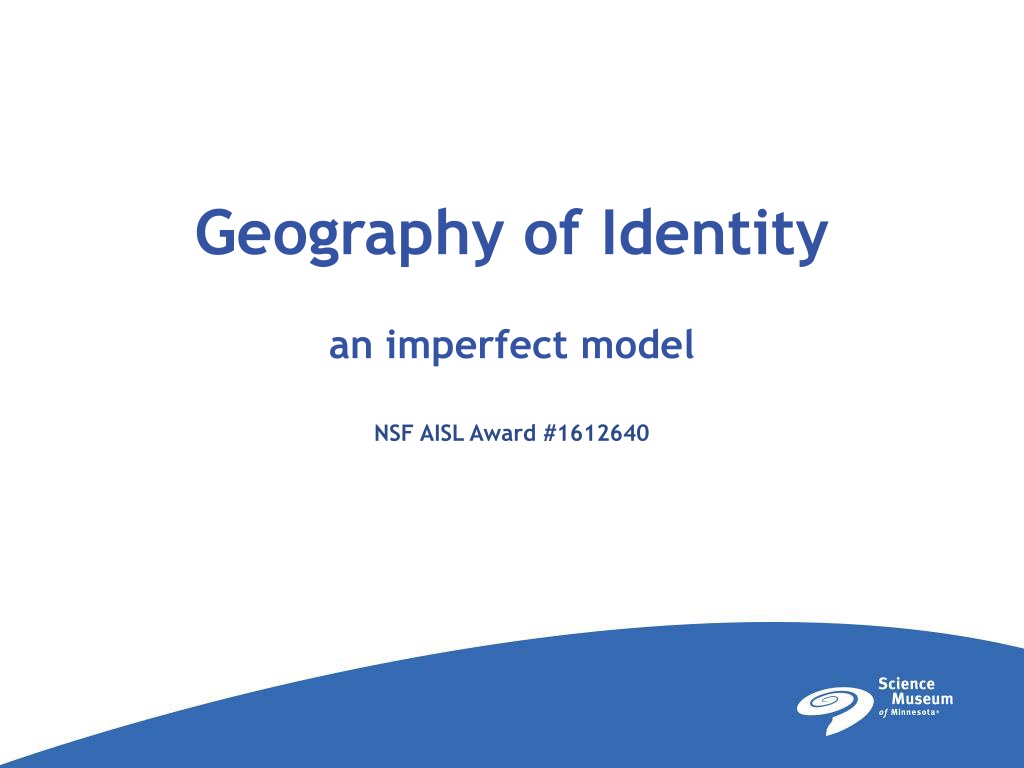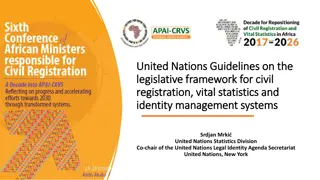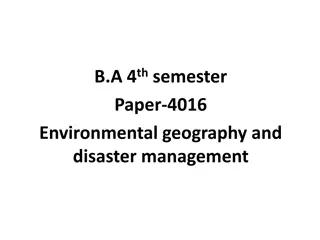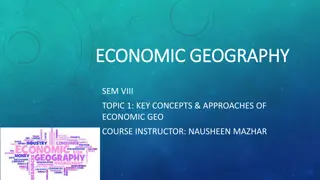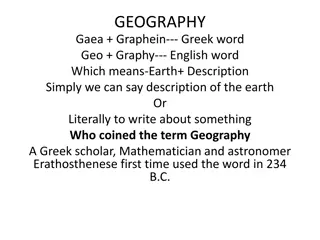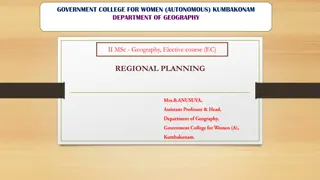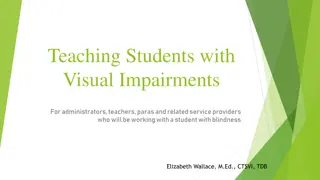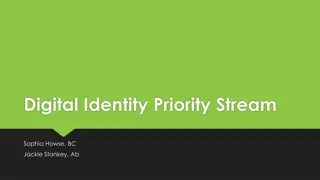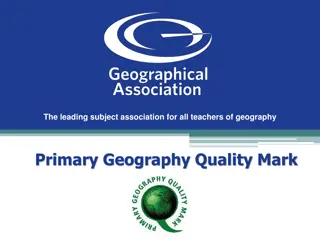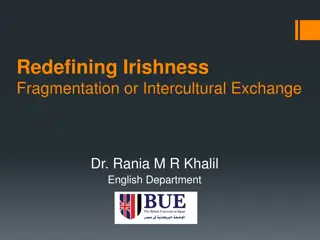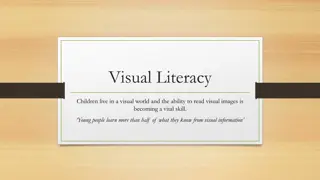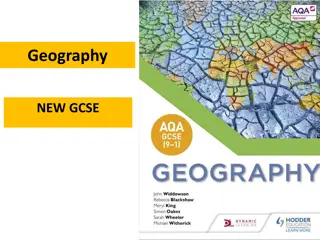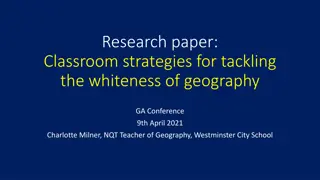Geography of Identity: A Visual Exploration
Explore the intricate dynamics of identity through a series of visual representations, showcasing the impact of right-handed versus left-handed experiences on power, privilege, and societal norms. Delve into the nuanced perspectives of dominant and non-dominant groups in society, revealing how access to power can be context-dependent and how the concept of "othering" influences opportunities and identities.
Uploaded on Aug 29, 2024 | 0 Views
Download Presentation

Please find below an Image/Link to download the presentation.
The content on the website is provided AS IS for your information and personal use only. It may not be sold, licensed, or shared on other websites without obtaining consent from the author.If you encounter any issues during the download, it is possible that the publisher has removed the file from their server.
You are allowed to download the files provided on this website for personal or commercial use, subject to the condition that they are used lawfully. All files are the property of their respective owners.
The content on the website is provided AS IS for your information and personal use only. It may not be sold, licensed, or shared on other websites without obtaining consent from the author.
E N D
Presentation Transcript
Geography of Identity an imperfect model NSF AISL Award #1612640
Scissors work well Pens and pencils are easy to use Folding desks help you take notes Softball mitts are easy to find Picture diagrams in instructions are helpful
Right-Handed Scissors work well Pens and pencils are easy to use Folding desks help you take notes Softball mitts are easy to find Picture diagrams in instructions are helpful
Left-Handed Scissors don t cut well Pens and pencils smear as you write Folding desks don t support your arm Softball mitts are hard to find Picture diagrams are backwards
Right-Handed is just regular; its normal Left-Handed is different; it s backwards ; it s unusual
Dominant in society at large Non-dominant
Access to Power and Privilege Defined by Dominant as Other
Access to Power and Privilege Can be context dependent Left-Handed Batter Against Right-Handed Pitcher Defined by Dominant as Other
Access to Power and Privilege Left-Handed Batter Against Right-Handed Pitcher Lots of right-handed pitchers. Fewer left-handed batters. A left-handed batter is more likely to get hit from a right-handed pitcher. A left-handed batter becomes valuable. Defined by Dominant as Other
Privilegeprovides opportunity, protects safety, promotes health, affirms identity Access to Power and Privilege Defined by Dominant as Other Othering limits opportunity, threatens safety, compromises health, subordinates identity
Access to Power and Privilege However, in general Left-Handedness is regarded as Other Defined by Dominant as Other
When have you been othered or privileged?
Geography of Identity Privilege provides opportunity, protects safety, promotes health, affirms identity Access to Power & Privilege Othering limits opportunity, threatens safety, Defined by Dominant as Other compromises health, subordinates identity Teacher Professional Development Group Science Museum of Minnesota 2012
Your Geography of Identity Privilege provides opportunity, protects safety, promotes health, affirms identity Access to Power & Privilege Defined by Dominant as Other Teacher Professional Development Group Science Museum of Minnesota 2015
Liesl circa 1985 Privilege provides opportunity, protects safety, promotes health, affirms identity Access to Power & Privilege Othering limits opportunity, threatens safety, Defined by Dominant as Other compromises health, subordinates identity Teacher Professional Development Group Science Museum of Minnesota 2015
Liesl circa 2016 Privilege provides opportunity, protects safety, promotes health, affirms identity Access to Power & Privilege Othering limits opportunity, threatens safety, Defined by Dominant as Other compromises health, subordinates identity Teacher Professional Development Group Science Museum of Minnesota 2015
Cultural Humility Cultural Humility is a process and a lifelong commitment to self-evaluation and critique to improve relationships and outcomes and to address disparities. To practice cultural humility is to maintain a willingness to suspend what you know, or what you think you know, about a person based on generalizations about their culture. Rather, what you learn about a person s culture stems from being open to what they themselves have determined is their personal expression of their heritage and culture or their personal culture.
Cultural Humility Lifelong learning & critical self-reflection to practice cultural humility is to understand that culture is, first and foremost, an expression of self and that the process of learning about each individuals culture is a lifelong endeavor, because no two individuals are the same. Each individual is a complicated, multi- dimensional human being who can rightfully proclaim My identity is rooted in my history and I get to say who I am. Recognizing and challenging power imbalances while working to establish and maintain respect is essential in all healthy and productive relationships, the root of effective professional practice is in acknowledging and challenging the power imbalances inherent in our practitioner/administrative client/student/family dynamics. It is awakening to the power one has as a doctor, a teacher, a police officer, a boss, etc. Institutional accountability organizations need to model these principles as well. Does the institutional ethos support inclusion and respectful, substantive discussion of the implications of difference? Sources: https://thesocialworkpractitioner.com/2013/08/19/cultural-humility-part-i-what-is-cultural-humility/, http://melanietervalon.com/wp-content/uploads/2013/08/CulturalHumility_Tervalon-and-Murray-Garcia- Article.pdf, http://www.acphd.org/media/133120/modii_slides_cultural_competency.pdf
Cultural Humility O: What words or phrases stand out to you in this handout? R: What events or stories come to mind as you think about these ideas? I: How do these ideas relate to how you work with your colleagues and communities?
